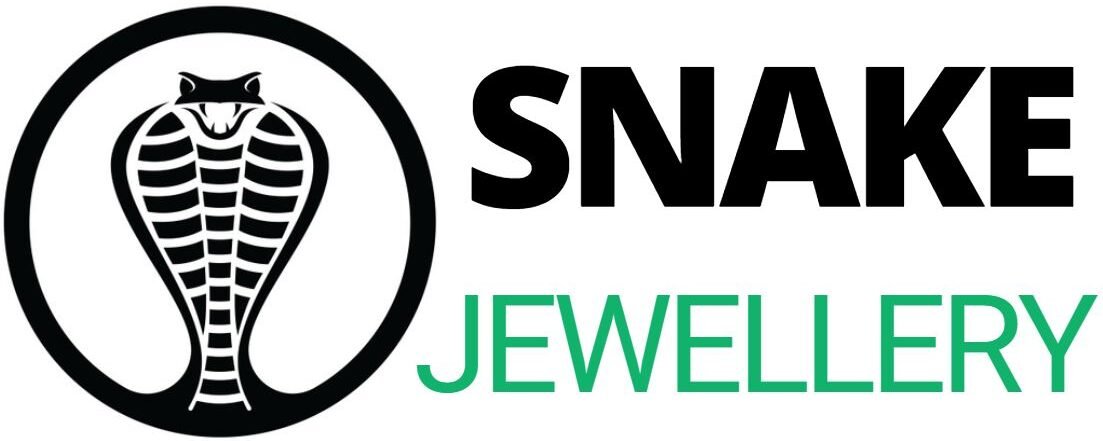Why do Snakes Shed their Skin?
The snake is a reptile. Like some reptiles, snakes are part of those that moult. This phenomenon is the fact that the animal gets rid of its envelope to build a new one. It is mostly observed in reptiles such as snakes, lizards, and arthropods. The frequency of the phenomenon depends on certain variables. The topics of interest in this article are to know what these variables are, to dig deeper into the true cause of this incredible phenomenon and to know why the snake molts.
Before revealing these reasons for a snake’s shedding, it is important to talk about its skin and shedding in general. The skin of a snake produces the scales that protect it. If this reptile didn’t have its little scales, all snake species would have been extinct a long time ago. The envelope of a snake is not elastic, unlike those of humans and some other animals. Moulting is mandatory.
To do this, the reptile uses elements of nature, such as a stone, a branch, any rough surface. He rubs his snout against it and then he gets rid of the outer shell like a human who removes his socks, he unrolls it from head to tail. The snake sheds its entire skin without cutting.
The molt is cyclic because after a molt is finished, a new cycle begins and this is repeated until the snake dies. This molting phenomenon is very important for snakes. This leads us to be curious about the reasons why a snake molts.
1. The lack of elasticity of its skin
Because of the lack of elasticity of its skin, the snake is obliged to regenerate its envelope from time to time, and it is then said that the snake sheds. In individuals that are still young and not yet sexually mature, the shedding phenomenon is very frequent, even every month. But as the reptile ages, the frequency of the phenomenon decreases to only 3 to 4 times in a year.
2. The growth of the snake
In the previous paragraph, it was said that the frequency of molting decreases as the reptile ages and this leads to say that the snake molts because it grows. Indeed, when it grows, its envelope is no longer big enough for its body so it is forced to get rid of it to make a new envelope adjusted to its new size. Young creatures moult more frequently than those that are already adults because the young still grow rapidly but once they reach the size of an adult, the growth starts to regress.
3. Some remarks in some species
When an anaconda or python or boa constrictor, especially those that are large i.e. a giant snake, a large snake (such as green anaconda, reticulated python, Burmese python) molts, it sometimes stretches about 30% of its length.
Therefore, it is possible that the envelope it shed is longer than the size of the snake, so you can’t measure the size of the snake by its exuvia. And sometimes boas, pythons, anacondas, because of their very massive body tear their old skin.
With the black mamba and the green mamba, they can reach 2 meters in one year. Their growth is very fast so the moult of a mamba is more frequent. The rattlesnake also has a very important feature after an exuvia. The rattlesnake is also known as a rattlesnake. When it moults, a new ring is formed on its tail.
It is important to know that all snakes must shed their skin during their existence. It doesn’t matter if they are venomous snakes (vipers, spitting cobra, king cobra, Philippine cobra, mambas) or constrictor snakes (boas, pythons, anacondas) or harmless snakes (garter snakes, corn snakes), they all have to go through the molting phenomenon to be able to change their skin when they grow.
Unlike some reptiles like lizards, the snake does not eat its shedding, it does not feed on it. In short, the snake is forced to molt because of its growth and that its skin is not elastic and is not big enough to contain its body that has grown. As the growth of a snake always occurs throughout its life, the molting phenomenon also continues throughout its life.
This topic is quite interesting, but it is also important to address certain points in the life of a snake such as reproduction. How do snakes reproduce? How do snakes have offspring? Are they mammals, oviparous or viviparous?
